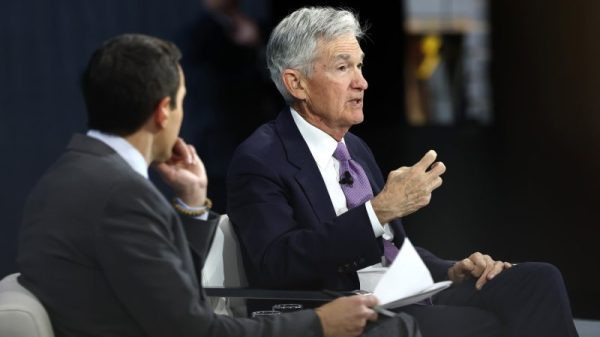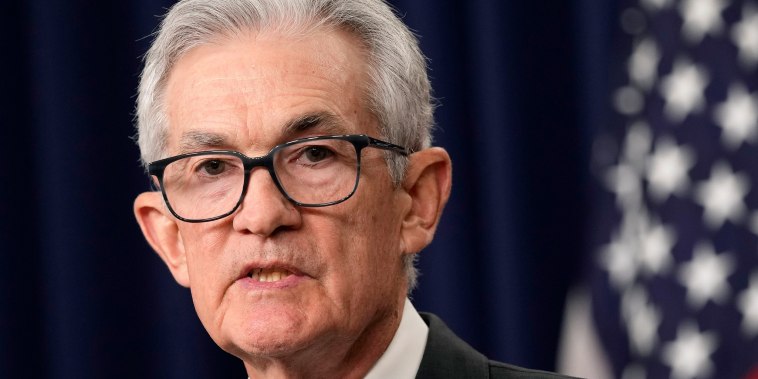The Federal Reserve’s decision to maintain higher interest rates for an extended period has sparked debate among economists and policymakers. While some view this approach as necessary for controlling inflation and ensuring economic stability, others argue that it could have negative implications for various sectors of the economy. In this article, we will explore both sides of the argument and analyze why the Fed’s decision may not be as detrimental as some fear.
Advocates of the Fed keeping rates higher for longer point to the potential benefits of curbing inflation. Inflation has been on the rise in recent months, fueled by supply chain disruptions, soaring demand, and rising commodity prices. By keeping interest rates elevated, the Fed can help slow down spending and borrowing, which in turn can help temper inflationary pressures. High inflation can erode consumers’ purchasing power and lead to economic instability, making it crucial for the Fed to take proactive measures to prevent runaway price growth.
Furthermore, maintaining higher interest rates can also signal the central bank’s commitment to price stability. Inflation expectations play a significant role in driving actual inflation rates, as consumers and businesses adjust their behavior based on their expectations of future price increases. By demonstrating a willingness to act decisively against inflation, the Fed can anchor inflation expectations and prevent them from spiraling out of control. This, in turn, can help prevent a self-reinforcing cycle of rising prices and wages that can be difficult to break once it takes hold.
On the other hand, critics of the Fed’s approach argue that higher interest rates can dampen economic growth and hamper job creation. Businesses may delay investment projects and hiring decisions in the face of higher borrowing costs, which can weigh on overall economic activity. Consumers may also cut back on spending if the cost of borrowing becomes prohibitively high, further slowing down the economy. In a fragile recovery environment, some fear that the Fed’s insistence on keeping rates elevated could stifle growth and push the economy into a period of stagnation.
Moreover, higher interest rates can also have adverse effects on asset prices and financial markets. Stocks and bonds tend to perform poorly in high-rate environments, as investors seek higher returns to compensate for the increased cost of borrowing. Real estate markets can also suffer, as higher mortgage rates make homeownership less affordable for prospective buyers. If asset prices start to decline significantly, it could trigger a broader economic downturn, as household wealth shrinks and consumer confidence falters.
Despite these concerns, there are reasons to believe that the Fed’s decision to maintain higher rates may not be as damaging as some anticipate. For one, the Fed has a dual mandate of promoting price stability and maximum employment, and its current approach reflects a careful balancing act between these two objectives. By prioritizing inflation control now, the Fed may be able to avoid more drastic rate hikes in the future, which could have even more severe consequences for the economy.
Furthermore, the Fed has signaled its willingness to adjust its policy stance if economic conditions warrant it. If inflation starts to slow down or if growth falters more than expected, the central bank may reconsider its strategy and lower interest rates to provide additional support to the economy. The Fed’s forward guidance has been a crucial tool in managing market expectations and ensuring that investors are prepared for any policy shifts that may occur in the future.
In conclusion, while the Fed’s decision to keep rates higher for longer may raise valid concerns about its impact on economic growth and financial markets, there are underlying reasons to support this approach. By prioritizing inflation control and signaling its commitment to price stability, the Fed can help anchor inflation expectations and prevent runaway price growth. Moreover, the central bank has the flexibility to adjust its policy stance if economic conditions change, providing a level of reassurance to market participants. Ultimately, the Fed’s strategy represents a delicate balancing act between competing objectives, with the goal of promoting sustainable economic growth and stability in the long run.





























